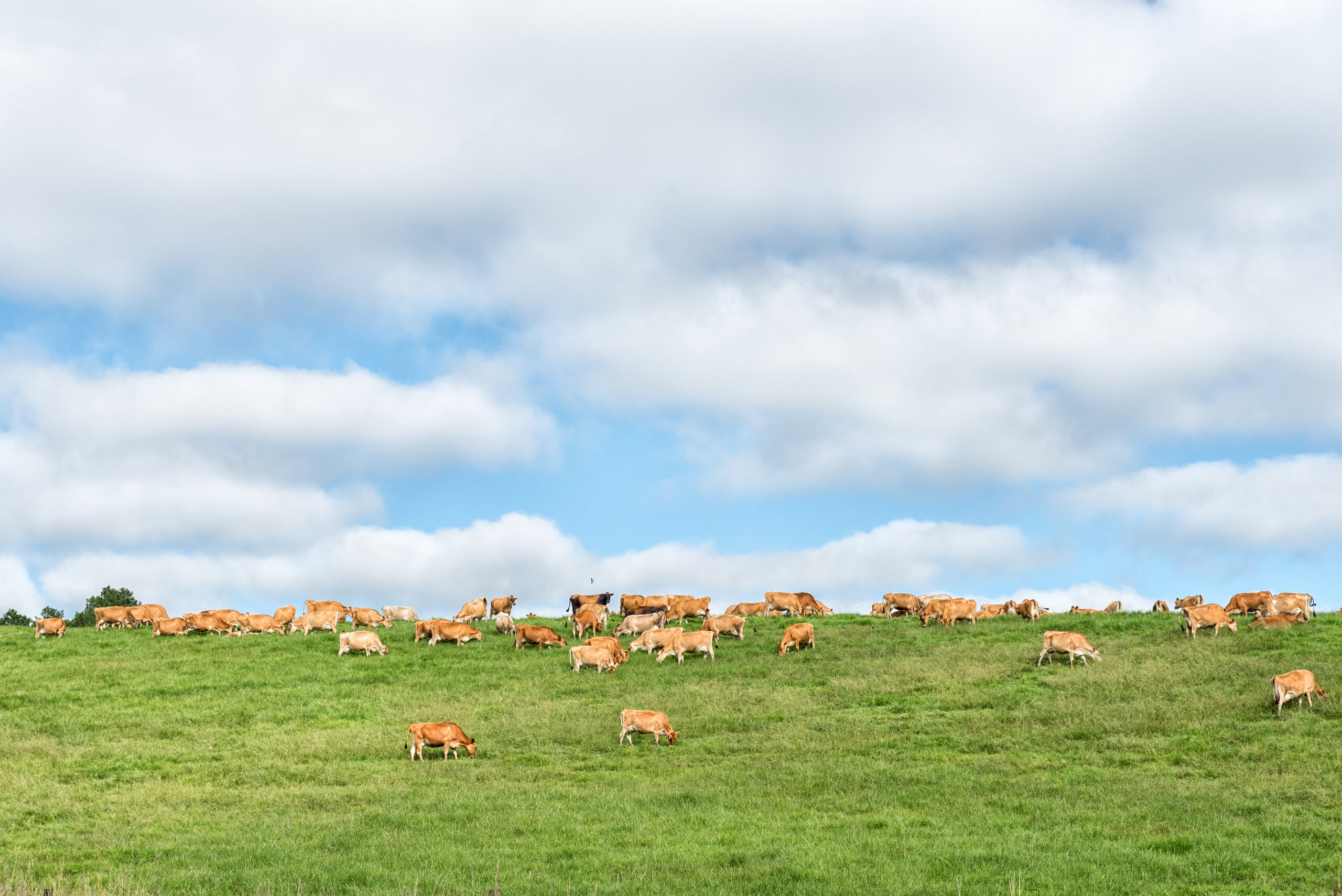Researchers of New Scientific Review Paper Call for Additional Research to Fill Critical Gaps in Understanding Methane-Producing Microbes in Gut of Livestock
Additional research is key to developing solutions that work with livestock’s own microbiome to reduce methane emissions and increase feed efficiency to tackle climate change and food security
FISHERS, IND. (November 16, 2023) – A new scientific review paper published this month provides important insights into the current knowledge base of rumen methanogens – the microorganisms that produce methane as a byproduct of their metabolism in the rumen, or stomach, of ruminants like cattle and sheep – and the gaps that exist in the field. Deep understanding of how methane is produced in the rumen is critical to reducing livestock’s greenhouse gas emissions while simultaneously increasing their productivity through improvement of energy intake from feed. In this groundbreaking paper titled “Evolving Understanding of Rumen Methanogen Ecophysiology” https://bit.ly/47wruTZ published in Frontiers in Microbiology as part of The Methane Moment research topic, the authors call for more research in the diversity, physiology, and metabolism of rumen methanogens.
As the number one agricultural source of greenhouse gases worldwide, ruminants like cattle produce methane as part of their normal digestive process. Currently, this type of methane production contributes approximately 4 percent of total emissions annually, with a single bovine belching about 220 pounds of methane. It also accounts for a loss of 2 to 12 percent of the energy provided by the feed for cattle, as methane, that could otherwise be used to produce meat and milk through microbial fermentation process in the rumen.
BiomEdit’s Director of Microbial Discovery Research and one of the lead authors, Dr. Dwi Susanti, believes additional research in this area is urgently needed: “Providing scientists and innovators more detailed information on the ecophysiology and diversity of methanogens in the rumen gives the scientific community the best chance of developing solutions to help livestock producers mitigate methane emissions and increase productivity to feed a growing population.”
“Gaining the most robust understanding of rumen methanogens is key to bringing the best solutions possible for livestock, the producer and the planet,” said Aaron Schacht, CEO of BiomEdit. “This publication is not just informative – it is eye-opening for anyone curious about the biology of methane emission in livestock production. By enhancing our understanding of the microbial ecosystem in the rumen of livestock, we are better equipped to unlock significant innovation.”
Methanogens have been studied for more than 80 years, underpinning the science of the methane-reducing solutions we see today, which provide varying outcomes. They are difficult to study in vitro and are the only microorganisms known to produce methane in anaerobic environments. Consequently, the information on their physiological properties remains mostly inferred from non-rumen, often human, and environmental settings.
One of the key challenges is that rumen methanogens are very difficult to grow in culture. This has limited the ability to study their physiology and metabolism in detail. However, the authors of the paper point to recent advances in culture-independent approaches, such as high-throughput omics technologies that enable the simultaneous analysis of large amounts of biological data, as beginning to fill this gap.
The researchers also highlight the importance of understanding the interactions between rumen methanogens and other microbes in the rumen. The rumen is a complex ecosystem that is home to a wide variety of microorganisms, including bacteria, archaea, fungi, and protozoa. These microorganisms work together to break down the feed that the animal eats producing beneficial nutrients for the animal. This community has evolved over 50 million years, exhibiting resilience and adaptability to environmental changes, which makes modulating this system very challenging and complex. Recent advancements in DNA sequencing and data analysis have made it much easier to identify the members of this ecosystem and predict how they interact to affect digestion and methane production.
Several important research areas to fill the above-mentioned gaps were noted in the paper by the researchers.
These include:
- Developing new methods for isolating and studying rumen methanogens, as well as understanding the molecular basis of hydrogen utilization and methane formation in the rumen. Currently, only about 23% of rumen microbes can be grown in the lab.
- Expanding research on methanogens and microbial community in the rumens of underrepresented agriculturally important animals such as buffalo, yak, and goat, and of ruminants from the low- and middle-income countries.
- Generating more reference genomes of rumen methanogens for more comprehensive studies, including well-annotated genomes, metagenome-assembled genome (MAG) sequences, and conducting studies that account for the diet, spatial location, and developmental stage of the animal.
- Information about the different substrates that rumen methanogens use to make methane, such as methanol and methylamine, as well as the role of enzymes and how they are regulated. One area of research that has been overlooked is the use of formate by methanogens. Formate is a byproduct of fermentation and may be an important substrate for methane production.
- Investigating the metabolism of methanogens that colonize the gut of the pre-ruminant phase in young animals.
- The use of additional omics approaches, such as metatranscriptomics and metaproteomics, to study the metabolism of rumen methanogens in more detail.
Researchers on the paper included:
- Bela Haifa Khairunisa – Microbial Discovery Research team at BiomEdit
- Christian Heryakusuma – Genetics, Bioinformatics, and Computational Biology – Department of Biochemistry at Virginia Tech University
- Kelechi Ike – Department of Biology, North Carolina Agricultural and Technical State University
- Biswarup Mukhopadhyay – Genetics, Bioinformatics, and Computational Biology – Department of Biochemistry and the Carilion School of Medicine at Virginia Tech University
- Dwi Susanti – Microbial Discovery Research team at BiomEdit
Link to the paper: https://bit.ly/47wruTZ

